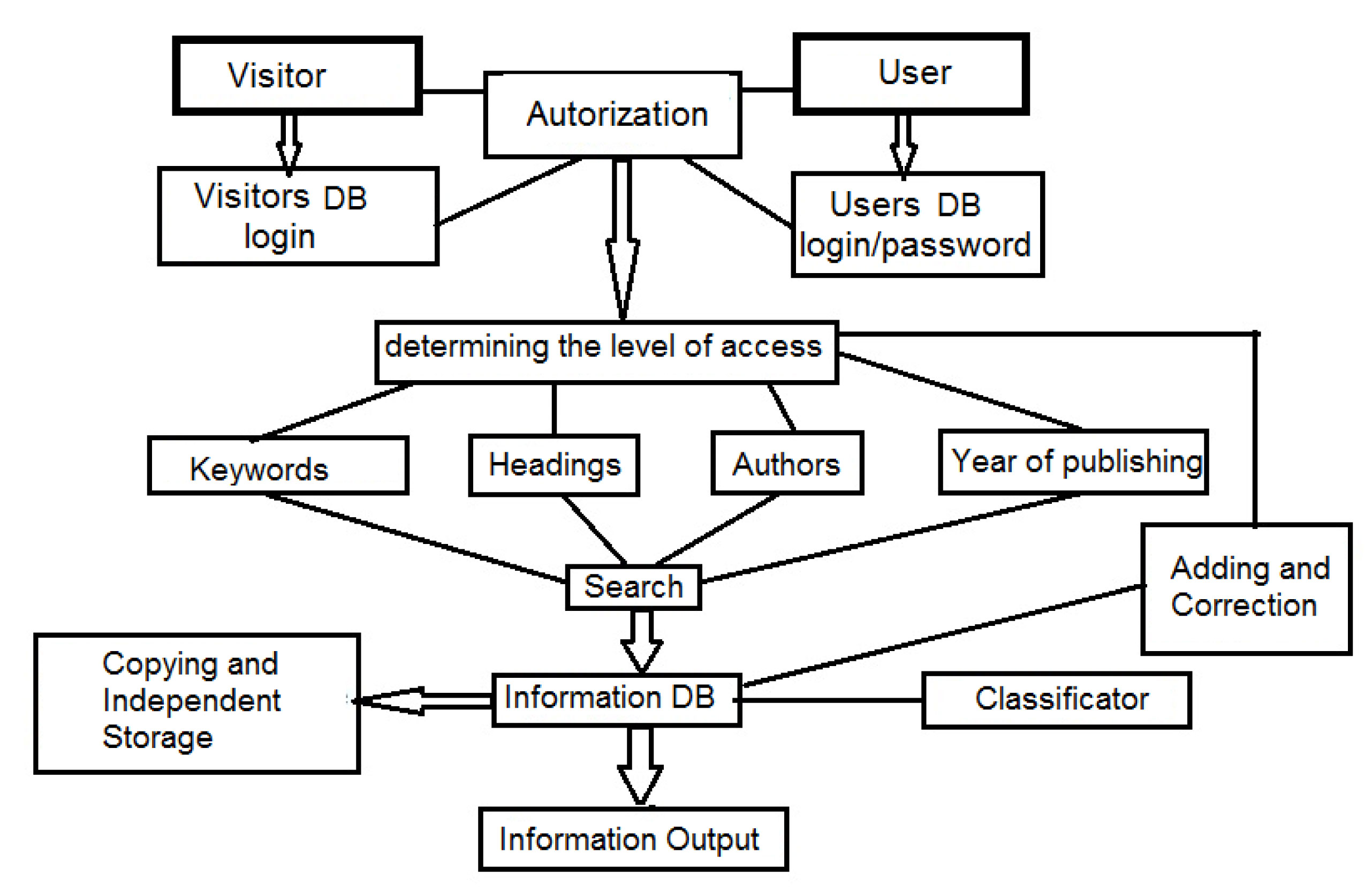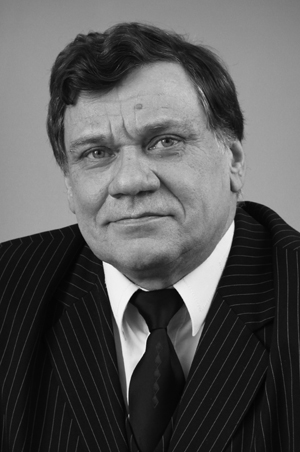On-Line Object-Centered Relational Database "Anti-Doping Sport"
Фотографии:
ˑ:
O.M. Shelkov, Ph.D.
K.G. Korotkov, Ph.D.
Saint Petersburg Federal Research Institute of Physical Culture
Introduction. Effectiveness of preventive anti-doping activity is largely determined the development and implementation of scientific and methodological, informational, educational, training, organizational control, awareness-raising programs in higher education and sports. It is understandable that the effectiveness of this activity is largely due to the development and introduction of modern information systems for different categories of users.
From the analysis of existing educational and methodological literature on prevention of doping and anti-doping propaganda, it is clear that quantitative distribution of literature between interested respondents is extremely uneven, and in some cases - is completely absent. Dominated publications which provides general information about the dangers of doping and its varieties. Woefully inadequate educational literature, taking into account individual differences and age contingent, especially in the stages of development of sports skills and the specific types and disciplines of the Olympic and Paralympic sports. Acute shortage of publications is observed for the faculty of higher and vocational sport education. And finally, there is practically no special literature for parents of young athletes.
The most important scientific direction in the development of anti-doping information is theoretical and methodological study of conceptual models and methodological approaches to anti-doping work among various age groups of the Russian population.
SPbNIIFK activity on anti-doping propaganda. Our proposed approach consists in addressing the problem of doping in sport, in addition to the disclosure of general theoretical issues of doping in sport and life, presenting programs or anti-doping work methods aimed at studying of this problem within the framework of social and individual psychological development of adolescents and young people. The attention of experts is focused on the place of doping in the context of doping educational and socializing functions of sport, and, consequently, how to prevent its negative impact , how to avoid deformation of the system of values in life of a young athlete.
This approach, in our opinion, is more promising than traditional dissemination of information on the dangers and hazards of doping substances and represents a new counter-doping technology in sport, including developed, published and distributed literature using an object-oriented database "Anti-doping -Sport ", as well as seminars, workshops, Internet meetings and conferences on anti-doping issues.
Testing results of the research was carried out in the form of distribution of the developed and published research tools and anti-doping programs in international and national scientific conferences for 2010-2013, as well as in Institutions of additional professional education in St. Petersburg and the regions of the Russian Federation, youth sports schools, schools of Olympic reserve, centers of physical culture, sports boarding schools, institutions of higher education sports orientation. Talks and workshops were conducted in the training camps with the groups of Paralympic teams of Russia in summer and winter sports (athletes with disorders of the musculoskeletal system , the visually impaired), deaf national teams, athletes with intellectual disabilities, as well as the work was carried out with Olympic athletes (teams of Russia on the ski jumping and Nordic combined, biathlon, cross country skiing, figure skating). Important component of the work was developed in SPbNIIFK object-oriented database ( DB) "Anti- doping - Sports" with Internet access, which scope is the storage, processing and dissemination of data and information materials on combating doping in sport .
The principle of constructing the database "doping-Sports" [1-4]. DB provides accommodation and access to informational resources on combating doping in sport with a hierarchy of levels of access. Access can be made from computers connected to the Internet, using the most common currently operating systems.
Base supports the following functions: data collection and storage, multi- access mode, data editing. All data is stored along with the story of changes. Working with data is as follows: all data are stored on a central server; the user gets access to the information depending on the level of access. Working with the database is possible with the remote access via the Internet. Users are divided into three categories: Visitor, User and Administrator. Each user has a personal login, which gives the right of access to a specific set of information. The User has a unique username and password that gives access to a specific set of information, and allows making new information and correcting information available. DB is designed for use by SPbNIIFK and sports workers in various sports.
Basic building block of the database: the system of authorization and access qualifier, information retrieval system, the base material, the system of output, copying and independent information storage. Block-modular structure of the database allows to connect information from various sources and store the data in a single database.
Minimum System Requirements: Computer Type: For client: Intel Pentium 800 MHz 32-bit (x86) / 64 bit (x64) or higher (or compatible) 512 MB of RAM;
For the database server: Intel Pentium 2 GHz 32-bit (x86) / 64 bit (x64) or higher (or compatible) 2 GB RAM (32 -bit) / 4 GB of RAM (64 -bit) ; volume DB : 6 MB (without data ) .
DB structure. The database is a multi-level hierarchical structure of servers that form answers to questions on the basis of an existing local user database. In case of lack of data, or the user's request, the server can redirect user to the upstream server. Upstream server can search for local listings in databases connected to the current clients (servers lower level), and can send a request to upstream server. All new data passing through the server is added to the local database. Except for specific fields, each record in each table has its own number and an identifier to which it relates. Identifies this piece of information is the sequence number in the data table. Database structure is represented schematically in Figure.
Main sections of the database (Headings to search):
• History of doping
• Characteristics of doping
• Risk of doping athletes' health
• The use of doping in sport
• Doping control
• The fight against doping in sport Russian
• Prevention of doping
• Doping in Youth Sports
• Anti-doping work with young athletes
Search keywords: Abstinence syndrome; ADAMS / ADAMS - Anti-Doping Administration & Management System; alopecia Androgenic; Anabolism; Anti-Doping Organization - Anti-Doping Organization; Autogenous training; WADA / WADA - World Anti-Doping Agency; Hypoxia; Deviant (deviant ) behavior; Determination behavior; Differentiation; Doping Control; Youth - (children and Youth Sports school) ; dependent behavior; Prohibited substance - Prohibited Substance; Prohibited Method - Prohibited Method; Prohibited List - Prohibited List; Intoxication; infusion; catabolic, Masculine, Masculinity, the International Olympic Committee (IOC); Metabolism; National Anti-Doping Organization, the National Olympic Committee, The parenteral; Overtraining; Prevention; Psychic dependence, psychoactive substances (surfactants), Puberty, Relaxation, Reflexology; RUSADA; Physical dependence; Frustration, enteral, ergogenic; Iatrogeny.
Access to the database: For access to materials necessary in any browser type the address:
Niifkspb.ru
By selecting a subcategory, go to the list of publications. Any document that is stored as a file you can view and, if necessary, download a file.
The database has three types of users:
1. visitor
2. user
3. administrator
The Visitor has a right to read the materials and download files.
The user has the right to add content, adjust it and create new categories. The User has no right to change the data of other users. Administrator creates new users by introducing user name and password. The User can create categories and subcategories to organize thematic materials. The user can add any materials to the subcategory.
Adding materials provided by clicking the Add button. This opens a window in which it is possible to add the necessary information.
The administrator has the right to modify any materials on the site and create new users.
Conclusion
Developed in SPbNIIFK object-relational database (DB) "Anti- doping - Sports» with Internet access is an example of the direction of the Institute development of Information support of modern sports. As was shown by the practice of work of information technology services during the Olympics Sochi 2014, modern sports is impossible without the use of the latest scientific and technological achievements. Statement of the scientific and methodical work requires the use of a broad arsenal of modern literature that now increasingly done using digital media. Such a formulation is particularly relevant for high-class athletes who are forced to spend much of their life on departures: at sports events and competitions. Under these conditions, it is practically impossible to carry a large amount of printed material. The shift to digital technology, placement of materials in the Internet space, can solve this problem. Materials are available in almost anywhere in the world, regardless of country of residence. Materials can be viewed on any electronic device: computer, tablet, mobile phone. If necessary, a more in-depth materials of interest can be downloaded and saved on the individual device. This approach meets the latest trends in the development of the informational science.
In SPbNIIFK for a number of years there has been the development of information databases. A database of athletes that can store data of individual athletes and their sports scores, individual achievements and medical examinations was created. All data are placed in the Internet with a high degree of data protection. This DB for a number of years was used by SPbNIIFK staff when working with Olympic and Paralympic athlete reserve. Operation with this database showed high reliability and stability of the developed algorithms for constructing the system.
SPbNIIFK is developing information and databases on the orders of sports and social organizations to meet individual needs and goals. Such a direction without a doubt finds wider application in the sports industry in Russia.

Figure. Structure of the Database “Anti-doping-Sports”
References
- Bodrov, О.А., Medvedev, R.Е. Domain-specific economic information systems. — М.: Hot Line - Telecom, 2013. — 244 p.
- Borodaki, U.V.., Lobodinski, U.G. The evolution of information systems (current state and prospects). — М.: Hot Line - Telecom, 2011. — 368 p.
- Vasilyev, R.B., Kaljanov, G.N.., Levochkina, G.А. Managing the development of information systems. — М.: Hot Line - Telecom : 2009. — 368 p
- William, S.Davis, David, C.Yen. The Information System Consultant's Handbook. Systems Analysis and Design. — CRC Press, 1998. — 800 p
Corresponding author: korotkov2000@gmail.com



 Журнал "THEORY AND PRACTICE
Журнал "THEORY AND PRACTICE